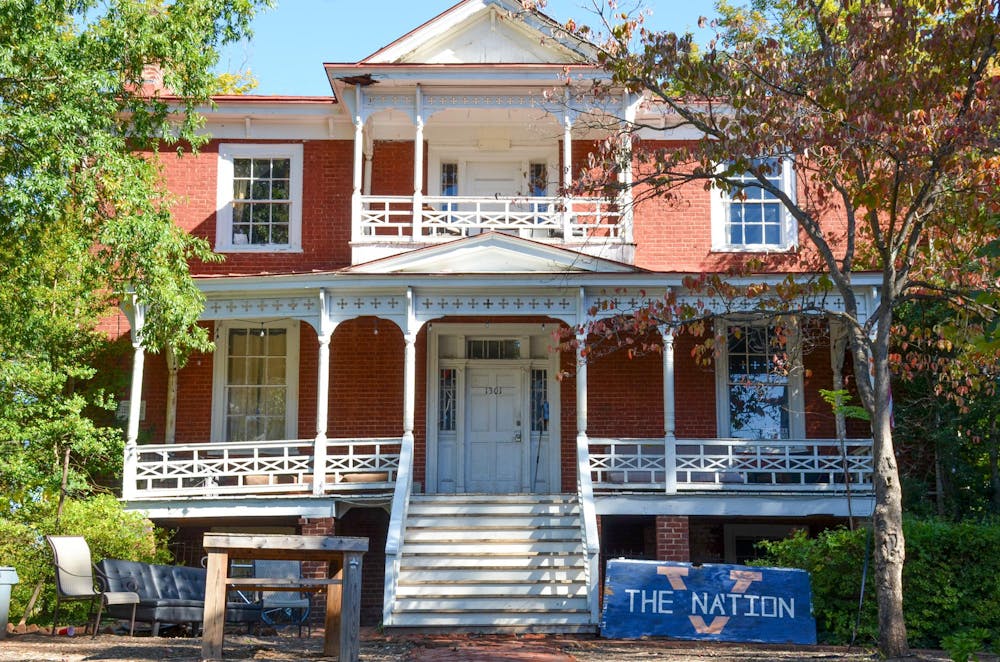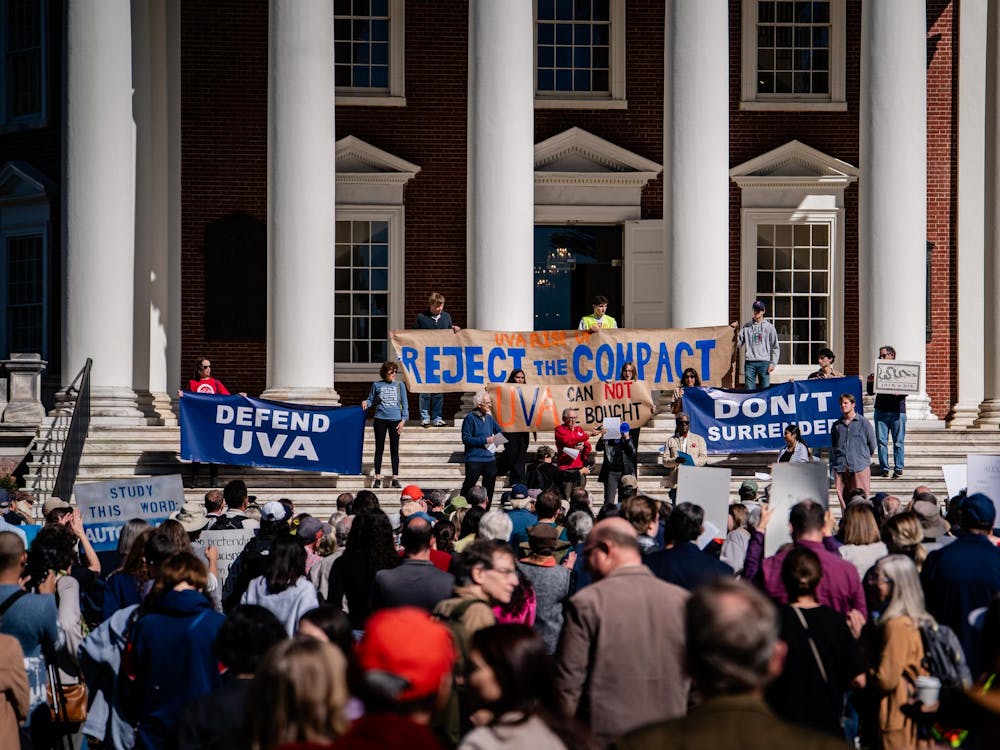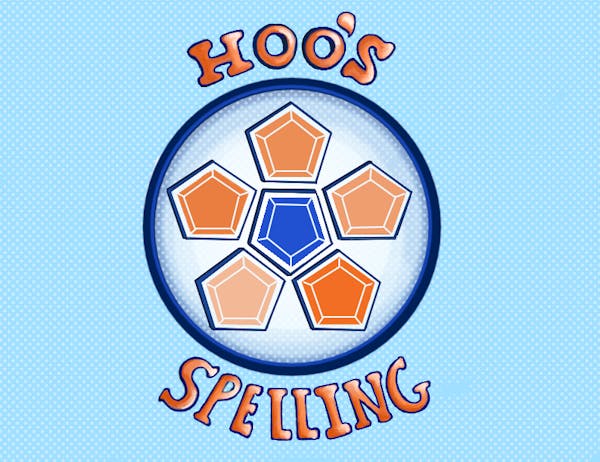In a 4-1 vote on Sept. 2, the Charlottesville City Council upheld the Board of Architectural Review’s decision to preserve the 0.4-acre property on the corner of Wertland Street and 13th Street NW. The Council’s vote was in response to an appeal from developers who had sought to demolish the home in order to construct a multi-story apartment complex. This complex, which would create up to 300 new bedrooms for University students, was pitched as a way to align with the city’s goals of increasing housing under the 2021 Comprehensive Plan. Yet despite these goals, the property’s historical background ultimately took precedence — the two-bedroom house originally belonged to William Wertenbaker, who was appointed by Thomas Jefferson to serve as the school’s second-ever librarian in 1826. Keeping this small historic house unfortunately means fewer opportunities to expand student housing in the area.
The debate over this property highlights a larger tension regarding how Charlottesville should reconcile its dual commitments to expanding housing supply and preserving the city’s historic character. The city is facing a housing shortage, and even though this house is part of the Wertland Street Historic District, it offers little functional use, and its preservation undermines the housing priorities that the city is trying to advance. If the city wants to take its own housing plan seriously, it needs to allow scarce, centrally located land like this to be used efficiently. In other words, the usefulness of adding hundreds of units of off-Grounds housing outweighs the historical significance of keeping this property. Moving forward, Charlottesville should prioritize housing over preservation when the two conflict, as doing so is the only way to meet the city’s urgent needs.
Although adding housing for 200 to 300 students may seem insignificant in comparison to the city’s broader housing needs, it would still be a step in the right direction towards addressing the overall housing crisis. University students often favor location above other factors in their housing search, and as such, this project would have also helped ease competition in nearby neighborhoods. The University’s own housing analysis shows that many upperclassmen are funneled into formerly family-oriented neighborhoods, crowding out long-term residents. This shows that the lack of student housing creates direct pressure on surrounding neighborhoods, and preserving a two-bedroom house on a 0.4-acre parcel at the expense of 200 to 300 beds ignores this reality.
In addition to the utility that new housing would provide, there is also the question of whether preservation of this house provides any genuine educational or historical value in the first place. Although he is remembered as the University’s second-ever librarian — a role notable more for its proximity to Thomas Jefferson than for its independent significance — the Board of Architectural Review’s decision framed the house as a significant part of the Wertland Street Historic District. This designation emphasizes the District’s historical and architectural value rather than Wertenbaker’s personal legacy. In that sense, keeping the property could serve as a token of remembrance for 1800s Charlottesville and the lives of those connected to the University community at that time.
Yet, even with that rationale in mind, the decision raises questions about priorities and whether its current state is effective in doing this. In this case, the city essentially chose the house’s symbolic representation over practical utility. Moreover, there seems to be no stated plan to dedicate any resources towards it’s historical preservation. This is especially unjust because this house is not currently being deployed as some sort of vessel for education, and it instead has die tables and other clutter sitting out front, which underscores how little respect the property actually receives. What kind of “historic landmark” neglects to even remove the influence of drunken fraternity parties from it?
The conflict between symbolic preservation and practical use of land is not just a one-off issue in Charlottesville. This February, the City decided to demolish a plot of land in order to build VERVE, a 12-story apartment complex. In that case, the City prioritized expanding housing and making efficient use of centrally located land, even though the development significantly altered the area’s character. It was a controversial move, but at least the City acted with a clear goal of meeting urgent housing demand and using valuable central land efficiently.
By contrast, the former Federal Executive Institute property, which could have been adapted for community use, has remained largely underutilized since falling into the hands of the University in August. The City’s decision to preserve the building’s façade rather than repurpose the property reflects an overemphasis on symbolism at the expense of public benefit. Taken together, these cases demonstrate a lack of a consistent policy framework for housing priorities. Without one, decisions about land use risk become reactive rather than principled — honoring history in some cases, ignoring it in others, and in both, leaving community needs underserved.
When symbolic preservation consistently takes precedence, the City risks missing opportunities to create meaningful, tangible benefits for residents. Expanding student housing could provide these benefits by easing competition for rentals, stabilizing neighborhoods and improving housing access for long-term residents. Striking a clearer, more deliberate balance between honoring the past and meeting present demands is essential if Charlottesville hopes to serve both its history and its community effectively.
Ryan Cohen is a senior associate opinion editor who writes about economics, business, and housing for The Cavalier Daily. He can be reached at opinion@cavalierdaily.com.
The opinions expressed in this column are not necessarily those of The Cavalier Daily. Columns represent the views of the authors alone.







